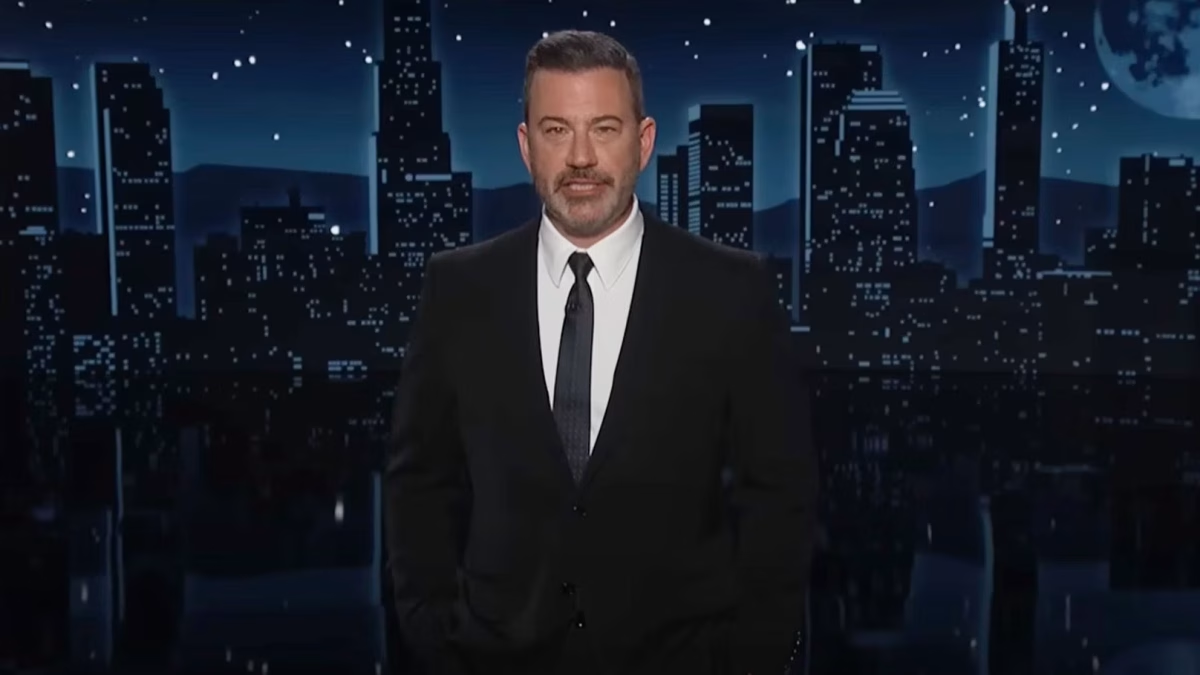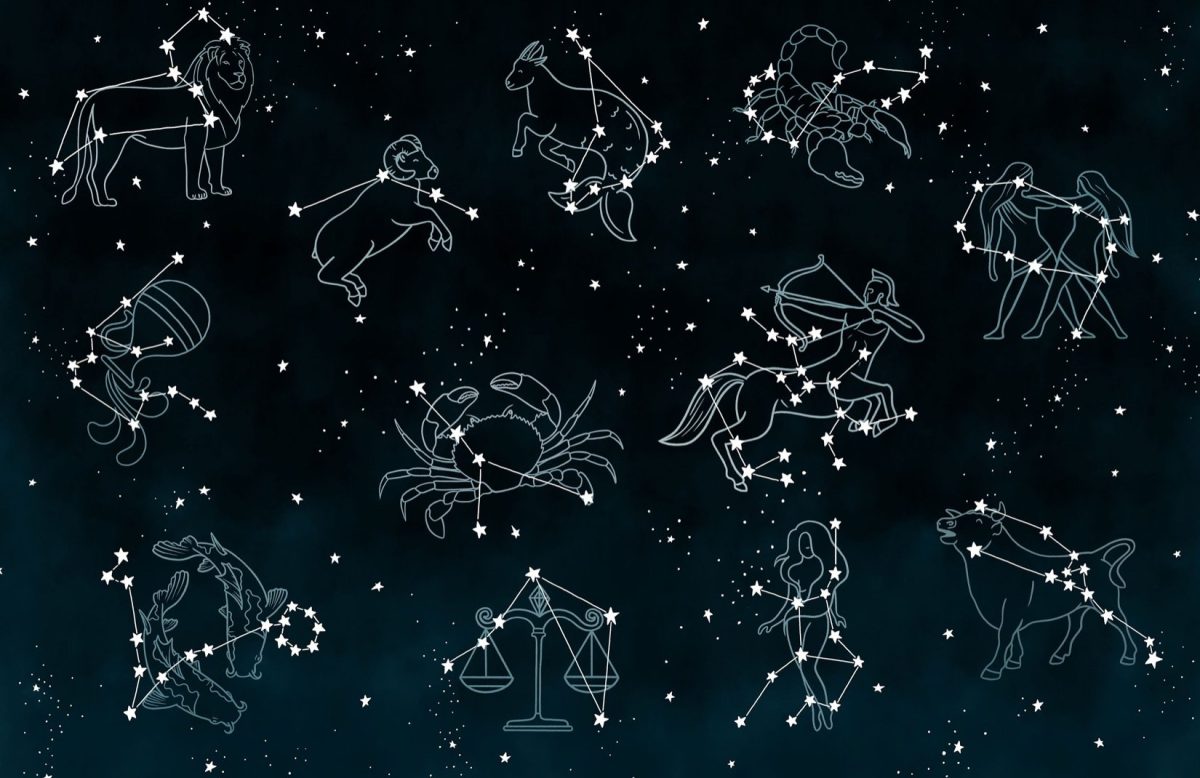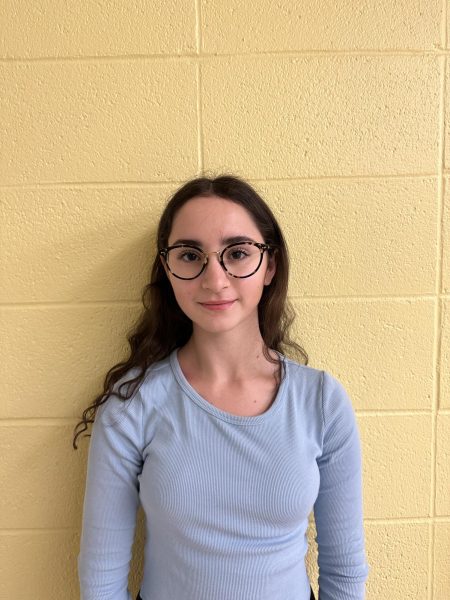Between fiction and reality, artificial intelligence has become a surging factor in blurring the line. Once a difficult task, digital animation is about to revolutionize. The founder of chatbot ChatGPT and image-generator DALL-E, OpenAI has announced its new text-to-video AI platform, Sora. Currently in the works, Sora has the ability to generate hyperrealistic videos with a couple short phrases, keywords, or even a still image. According to OpenAI’s Sora webpage, “Sora can generate videos up to a minute long while maintaining visual quality and adherence to the user’s prompt.” But in a world where the human brain has an eye for detail, how far can videos go that have no tangibility beyond a screen?
Announced on February 15th, OpenAI shared the concept of Sora: “An AI model that can create realistic and imaginative scenes from text instructions.” Only available to a small group, primarily “red-team” hackers/researchers (experts who try to discern problems with the model), the new artificial intelligence is not accessible to the public thus far. But to illustrate Sora’s abilities, OpenAI has embedded dozens of example clips on the webpage.
Released in November of 2022, ChatGPT took the world by storm, commencing the era of AI. A chatbot designed to process the natural human language and generate responses, ChatGPT was expected to be the biggest milestone in the AI field yet. The emergence of Sora, according to Forbes Magazine, “puts them two or three years ahead of where they were assumed to be when it comes to generative video.” Akin to Runway, Sora possesses the same abilities, but at a much higher caliber.
These advancements in AI, powered by billions in funds, are bringing more concerns, causing elevated societal repercussions. Sora and similar platforms challenge millions in subsistence, especially those who have found employment in digital creativity. Deep Fakes are also another concern that Sora could advance for the worse. Celebrity faces can be seen all over social media, airbrushed onto someone else’s face for clout. With image generated videos, Sora could produce videos of celebrities for others to publish, making fraudulent ventures more permissible.
However, there is no reason for panic just yet. Inconsistencies and flaws have appeared in many of Sora’s example clips. Extra ligaments and objects defying the laws of physics are some of the mishaps that the AI has yet to perfect. Closer inspection to clips reveals uncanny movements and imperfect lighting. For instance, a closer assessment of the clip of a woman walking in a metropolis reveals the very animated movie of her leather jacket, as well as the contrast of it in comparison to her background. Another clip, one of an orange cat and its owner in bed, reveals a third front leg appearing on the cat when it moves one leg over the other. Even though there’s a possibility that these clips were cherry-picked to develop attention, details as such are part of the reason why Sora is yet to be released to the public.
Advancements in AI now seem a daily occurrence. While Sora offers numerous opportunities and innovation, there are many possible drawbacks set on the horizon. Videos that were once easy to label as false, will now become imperceptible to many. AI has always been at risk of abuse and is the subject to it in many scenarios. But along with AI also comes counter-advancements, software that, similar to ChatGPT scanners, can scan videos for AI generation. The launch of Sora will undoubtedly change many industries, but it should also be welcomed, as it proves the genius of the human mind and lets others creativity flow more freely.














































































































































